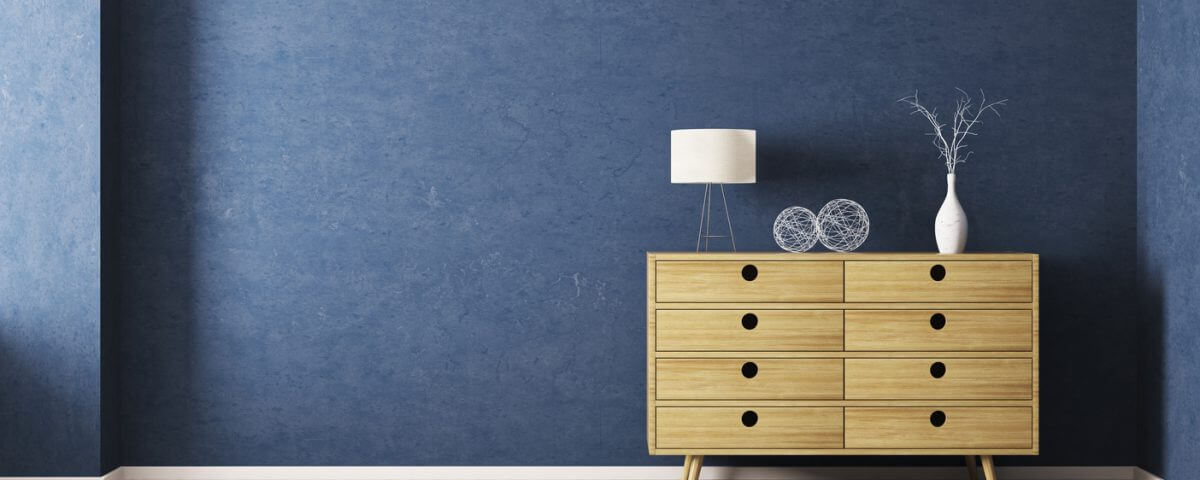Classic Car Shows in Winter Head South
March 28, 2018Shipping for Small Businesses and Major Suppliers Alike
April 2, 2018

- Many people make the mistake of shipping dressers, armoires, cabinets, and bureaus with their drawers still packed full. This is a mistake. Loose items will shift during shipping, be destroyed, leak, fall apart. You’ll want to empty the drawers completely.
- After this, you’ll want to take the drawers and shelving out. You can ship these as separate pieces that are all still part of one shipment. This will lighten the piece and make damage to its component parts less likely. If taking the drawers out makes the piece unstable, you can opt to leave the drawers in, but take good care in securing them so that they don’t open or shift.
- Wrap loose pieces in padding. Box them separately. Do not stack them, as this will risk scratching as items shift during shipping. Every piece that’s shipped in a box should be floated, with padding above, below, and to every side. This way, no surface will contact the edge of the box and risk damage in case of a jolt.
- Protect the corners with bubble wrap, and then cover the bubble wrap with cardboard. This gives the corners a protective cushion and a semi-hard deflective surface.
- Cover the main piece with a furniture moving pad. These are dense, protective pads made from cotton and polyester, or just polyester. Avoid synthetic furniture moving pads – these are more prone to ripping.
- Crate the entire piece, filling the rest of the crate with non-abrasive padding such as packing peanuts or bubble wrap. Avoid newspaper, as the print is acidic and can damage wood. Avoid simply putting plastic over the piece, as this can create condensation that will damage the wood and warp the piece. Crating is the best way to go when you ship dressers or ship cabinets.




